The future of fashion
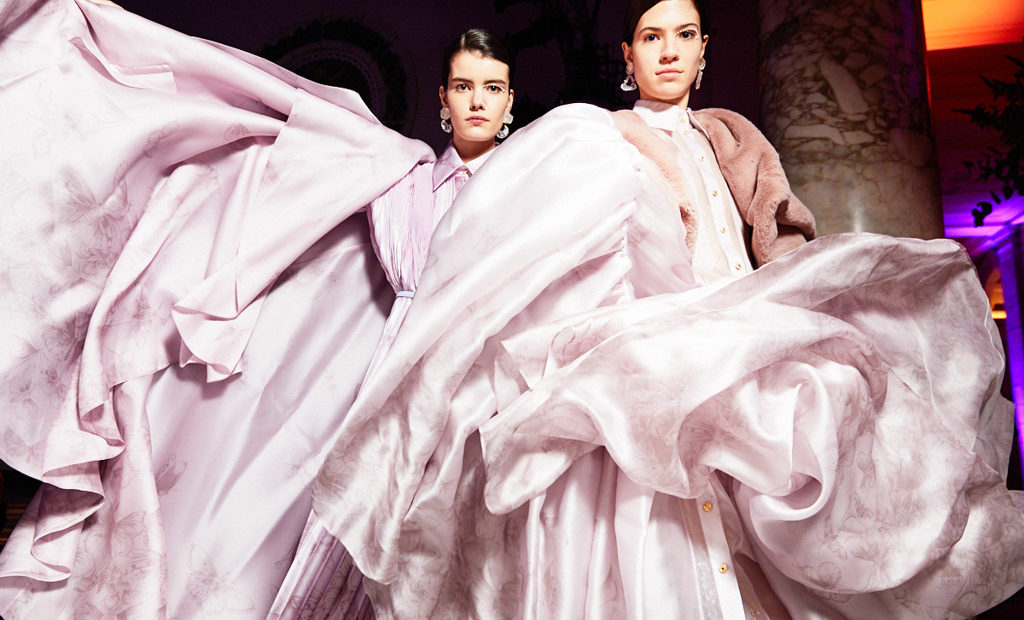
If there is one truth to be spoken about fashion it’s that it is constantly changing – year on year, from season to season. The same holds true for fashion as an industry.
In recent years we have grown accustomed to shop windows that are updated every other week and we’ve been spoiled with bargain prices from a constant stream of sales. Fast fashion is still a relatively new phenomenon, thanks to the development of new technologies, cheaper factories and shortened supply chains bringing items from catwalk to storefront at an unprecedented rate. And even more recently, with the rise of dropshipping and web stores like SHEIN and Wish, we have been engaging with the fashion industry on a completely new level.
At the same time as the industry seems to be moving faster than ever, what we know as slow fashion is gaining in traction. As explained by Good On You, a fashion directory that rates brands on their values and sustainability, “Slow fashion is an awareness and approach to fashion, which considers the processes and resources required to make clothing, particularly focusing on sustainability.”
In order to meet the varying consumer needs, the fashion industry will have to continue to adapt. Covid-19 will only exacerbate this necessity. So what are some changes that are already happening, and what can we expect in the future?
Fashion week
As the current pandemic brought the world to a halt, fashion weeks were being cancelled left and right. Brands have had to resort to different means of bringing their designs to the masses, with Shanghai Fashion Week initiating a complete move to digital. Though we live in an ever more digital world, fashion shows don’t necessarily lend themselves well to the format. Without the spectacle and energy from being in the room, a fashion show can be quite boring to view on a screen. Consider the impact of the set design of Chanel shows these past few years, transporting their audience to the beach or to snowy mountain tops, which is lost in translation when viewing it from home.
Brands will have to find ways to make their shows more optimised for a digital user experience or to engage with their audience in a different manner. Social media seems like the most likely candidate for this audience interaction, as most brands already have a strong presence on Instagram.
#rewiringfashion, a group of independent designers, are also proposing a reimagining of fashion shows, along with a reset of the fashion calendar, in an attempt to rectify some of the issues designers face in the current climate. As their mission statement states: “The Covid-19 crisis makes the need for change more urgent than ever, while also providing a powerful opening for dialogue and a rewiring of the system around a fresh set of principles.”
Digital advancements
An ever-evolving juggernaut, e-commerce’s impact on our shopping behaviour has been tremendous. Brands are continuously trying to find new ways to improve their offer, their presence and make sales as more and more consumers turn to online shopping. Recent trends include the utilisation of user data and AI to better predict and meet the needs of users. Some brands have started using digital designs in showrooms and on Instagram to gauge which designs would see the most popularity.
In a similar vein, with the introduction of 5G, virtual and augmented reality will open up new opportunities for virtual shop fronts with the option of trying on clothes online. Several brands are already experimenting with apps, such as GAP’s Dressing Room, which allows you to enter your measurements to create a mannequin to try on clothing. As the high street continues to disappear, direct to consumer shopping will have an opportunity to flourish with tighter control on production and no need for physical retail space.
Not only are we shopping online, we are also shopping for online. In the past you were able to buy H&M clothing in the form of an expansion pack for The Sims, with Moschino being a more recent example, but Fortnite has taken this new kind of shopping to a whole other level. “Skins” have become somewhat of a status symbol within the game and users are spending millions on clothing for their characters. Similarly, Louis Vuitton created skins for League of Legends.
Sustainability
We briefly touched on the rise in popularity of slow fashion. If we were to pinpoint a turning point in people’s perception of the fashion industry it would have to be the Rana Plaza tragedy, where a garment factory collapse took the lives of over a thousand people. As it became clear that brands such as Primark had used the factory for their clothing, it offered a disturbing look at the true cost of ultra cheap fashion.
Consumers are becoming increasingly aware of the impact of their choices. Whether we’re talking about sustainability of the environment or protection of workers, for ethical consumers, transparency is key. Where do fabrics and garments come from? Who made them and under what circumstances? How much water was used in the production? These concerns are especially prevalent among Gen Z, as they are becoming a bigger part of the consumer market.
Even the largest fashion groups seem to be making steps in the right directions, working on sustainability charters that provide consumers with the insights they need to make conscious decisions. Individual brands are also stepping up, such as Stella McCartney, who used more than 75% eco friendly materials in her spring/summer 2020 collection. Circularity plays a large role in this sustainable narrative, as large amounts of the clothes we own goes into landfill and tonnes of unsold product is destroyed by brands to maintain its perceived value.
This is an aspect where consumer choice has a large role to play and where the mantra “rewear, reuse, recycle” comes in. Like most household brands, second-hand shopping has entered the digital age through peer-to-peer sales apps like Depop and Vinted, online thrift stores and even vintage mystery boxes. In a similar attempt at circularity, brands like Urban Outfitters are considering rental services. Brands like The Devout are offering a subscription service that lets you select five items to enjoy each month before sending them back to be cleaned and swapped for five new items.
It’s here where we will see the impact of Covid-19 on slow fashion most clearly, as the economic impact of the pandemic will most likely have an effect on disposable income. Our shopping habits will have to change accordingly, with big expenses more carefully considered and people becoming more open to alternatives to the high street.
Sally Wijers

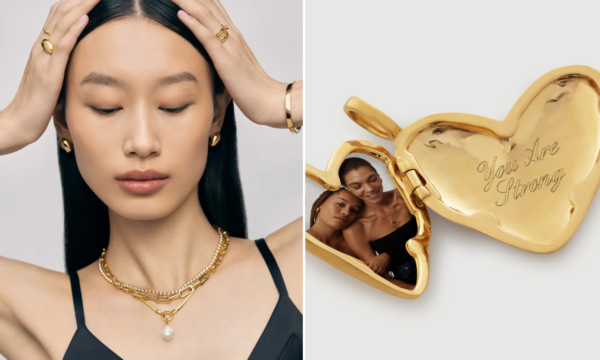


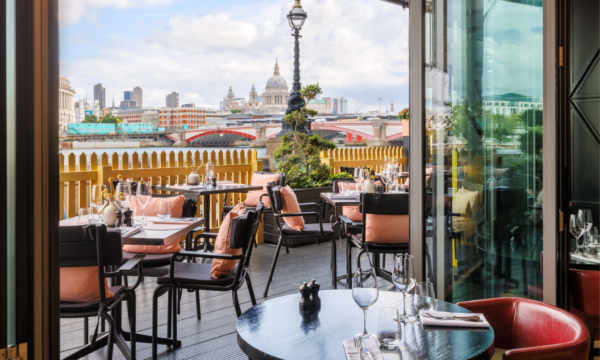

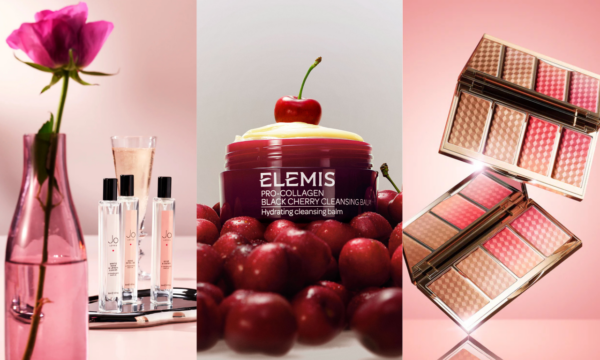

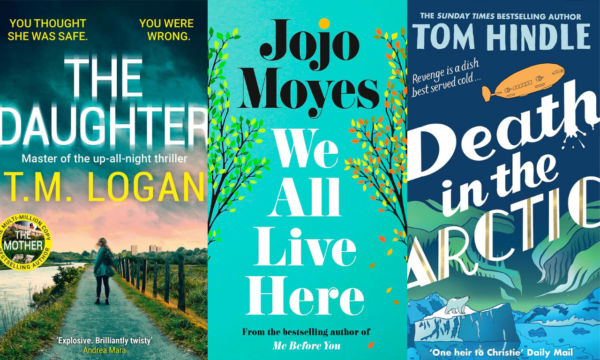









Facebook
Twitter
Instagram
YouTube
RSS